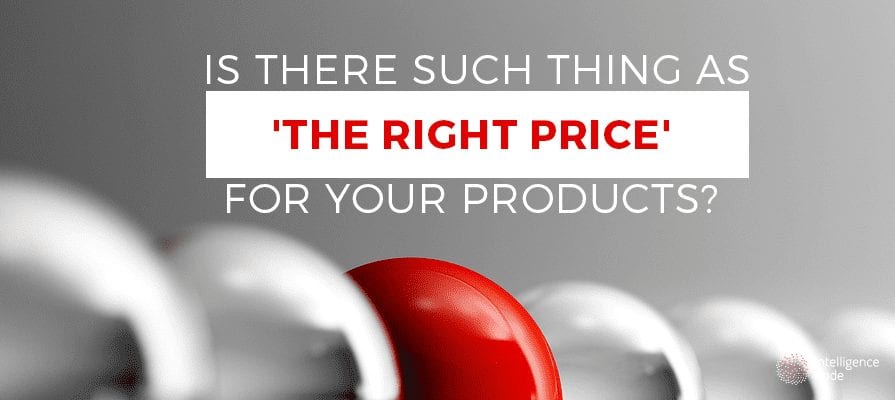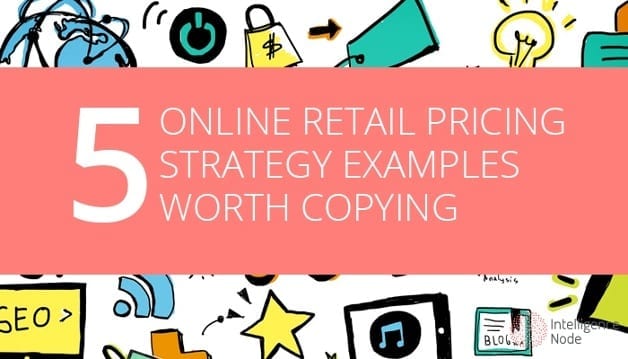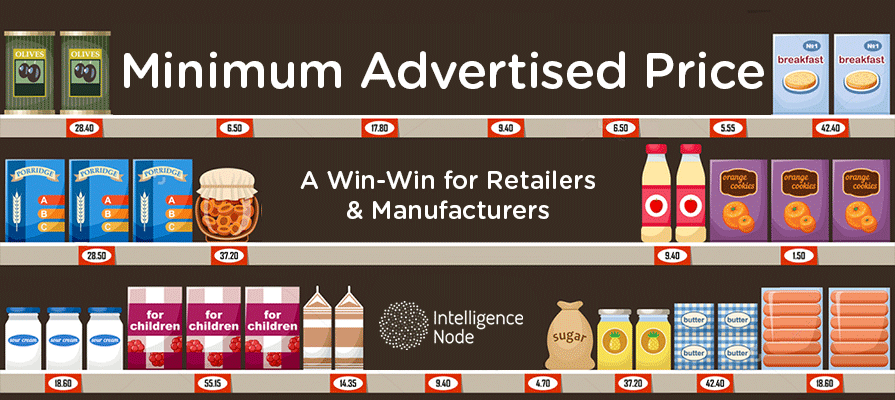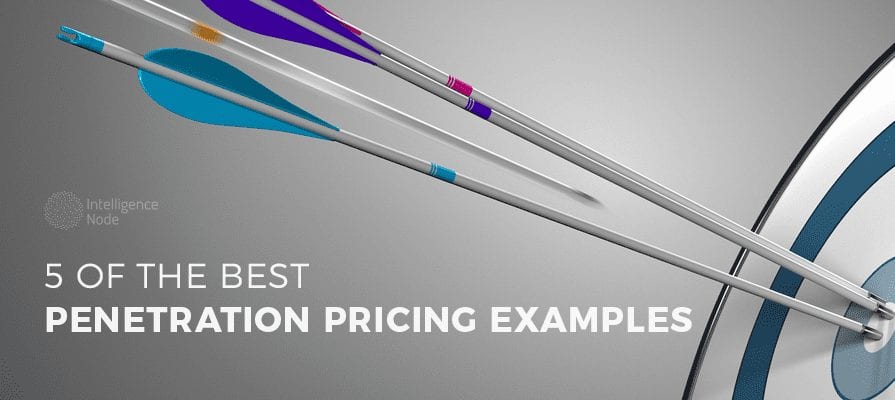What is it that makes the average shopper transition into a customer? The trouble for many store owners lies in trying to determine the best price for their products. Retailers understand they need to make a profit to stay in business, but what is that sweet spot that will keep the customers happy, and keep your numbers in the black? Here’s a quick guide to setting the right product price:
The First Part of the Equation
- Your costs of acquisition – How much are you paying to get the product into your inventory? You likely already know that retail price less wholesale price is the generally accepted formula for determining profit, but it’s only a piece of this puzzle.
- Costs to maintain inventory, promote, and distribute the product – Storage, marketing, and shipping of the product can have a serious impact on a product’s profit margin.
Finding the Sweet Spot for Pricing
After determining the baseline profit from the factors above, now it’s time to find the happy medium between maximized profits, and customers that will buy, and keeping them coming back for more.
- Start with the Manufacturer Suggested Retail Price (MSRP) – Just like it sounds, this is the price the manufacturer suggests you sell the product at.
- Look at your top competitors that are selling the same or a similar product – Although you may be unable to tell if anyone is actually buying at this price, you will at least know where your competition stands in terms of pricing.
**Insider tip: IntelligenceNode’s software will help you systematize your competitive pricing process and automatically price your goods above or below the competition.
- Consider psychology in pricing – For example, if you have a product you are considering selling for $10, sell it for $9.99 because the mind can justify a purchase more if it’s less than the larger dollar amount. Yes, it’s just a penny, but because it’s less than $10 our brains see it as more of a deal. A price ending in the number 9 also yields more demand, as was found in a study published in Quantitative Marketing and Economics.
- Don’t over price, but don’t under price either – When a product feels “too cheap,” customers consider it to be lower quality. Yet, overpricing leaves customers feeling duped. This is why keeping an eye on competitor pricing is so important. You want to be slightly cheaper, but not too much cheaper because then you’re giving the impression of cutting corners. Even if you are simply taking less profit, the perception is key. If you’re pricing higher than your competition, it should be justified with something like free shipping, or fast delivery to avoid losing the sale.
- Know your target audience – Consider who is buying your product? For example, college students are usually strapped for cash which could cause them not to buy. However, an elderly customer may be just as strapped for cash if they are saving for retirement. Who is your ideal customer or persona? Are they flush with cash? Are they looking for a great deal? What are their top priorities? What makes them need the product you’re selling? Honing in on your perfect shopper could help you determine the best price.
- Keep up with market trends – If there is a surge in demand or a sudden standstill to your sales, you should already have some insight as to why. Keeping up with market trends will help you to determine if you should be raising or lowering your prices. Your competitors are also likely watching the market, making it that much more important to stay up to date.
- Consider split testing – Split testing could be your quickest way to determine the right price for your products if you’re struggling to decide. This is especially helpful if there aren’t many competitors for the product in question. Create two landing pages with two product prices, and run ads to both. Which ever one gets the highest conversion is likely the best price.
Other factors that can be used in setting the right product price include things like:
- Wording of the sales page. For example, saying something like “a small $5 fee” vs. “a $5 fee,” triggers the brain to not think of the fee as a big deal.
- Softening the blow with payment options. Paying $9 a month feels a lot less painful than $108 today.
- Free shipping, or discounts for purchasing multiple products. When customers believe they are getting a bargain, it can change their buying habits.
- Thank you emails and loyalty discounts. Customers are often willing to pay more, and then return to a retailer that they feel genuinely cares about them.
All things considered, your perfect product price today may not be the same next month, or even next week. Your best bet is to keep an eye on market trends, your competition, and your own customer data. With a little luck, the prices you set will make your customers happy, and keep them coming back for more.
[tac_ga url=”https://info.intelligencenode.com/a-comprehensive-guide-to-competitive-online-retail-pricing-strategies” category=”Ebook Download” action=”Click” label=”Pricing Guide” target=”_blank”]




